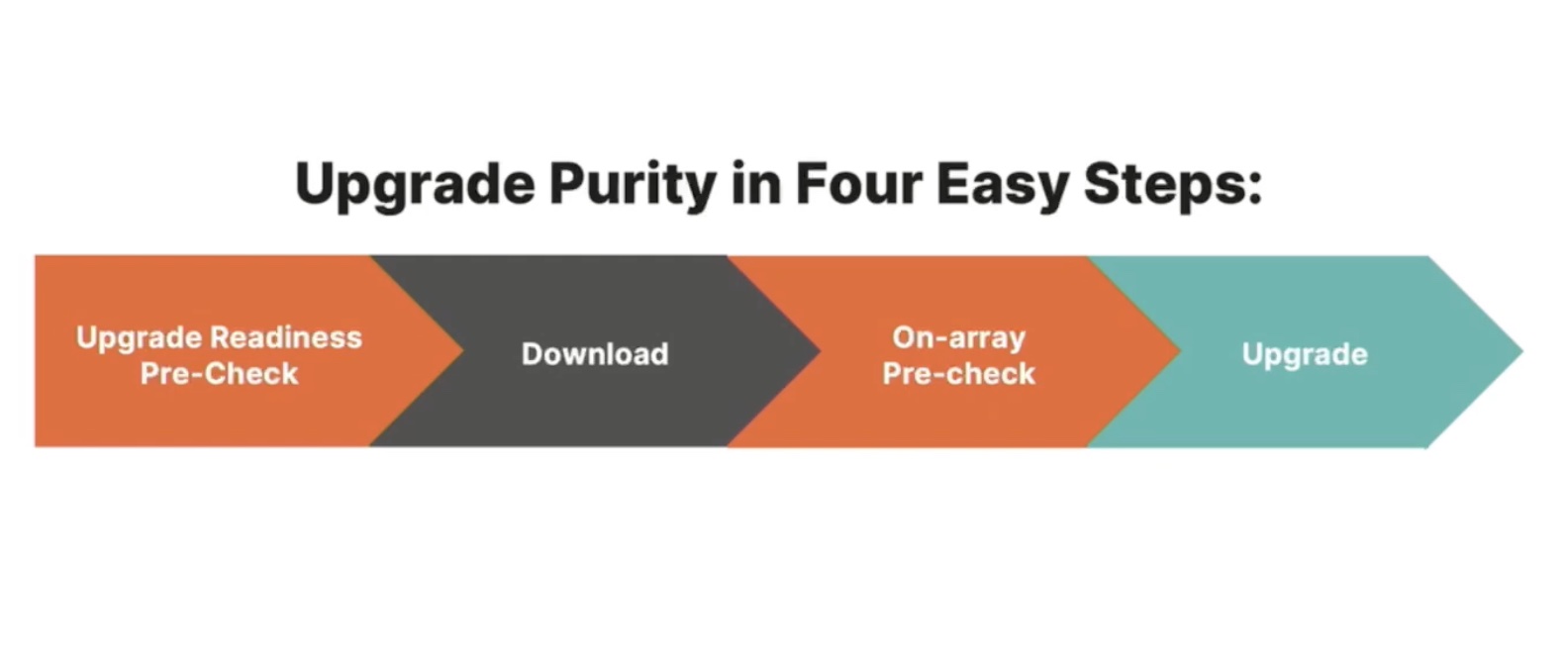I am in the process of planning for a large infrastructure upgrade from ESX3.5 to vSphere 4. As part of the planning I’ve been looking at Virtual Machine Virtual Hardware Versions. Currently all VM’s are running Version 4, but as we migrate to ESX4 we will have the option to upgrade to Version 7.
Instead of just upgrading all VM’s no questions asked, I decided to try and answer these following questions;
- Exactly what does Version 7 offer?
- What is the upgrade process?
- Will upgrading introduce any downtime?
- Could there be any issues after the upgrade which may cause the VM to not function correctly?
Here is what I’ve found
Exactly what does Version 7 offer that Version 4 doesn’t?
Virtual Hardware Version 7 offers five new features.
- Serial Attached SCSI (SAS) virtual devices – Provides support for running Windows Server 2008 Failover Clustering configurations.
- IDE virtual device – Ideal for supporting older operating systems that lack SCSI drivers.
- Hot Plug support – For virtual devices and hot add support for memory and virtual CPUs — List of supported Operating Systems
- VMDirectPath for Virtual Machines – VMDirectPath I/O device access enhances CPU efficiency in handling workloads that require constant and frequent access to I/O devices by allowing virtual machines to directly access the physical hardware devices. Read More >>
- Change Block Tracking – Use to increase Backup and Recovery times.
- VMXNET Generation 3 – See the feature below
- MSI/MSI-X support (subject to guest operating system kernel support)
- Receive Side Scaling
- IPv6 checksum and TCP Segmentation Offloading (TSO) over IPv6
- VLAN off-loading
- Large TX/RX ring sizes
- IPv6 Support
What is the upgrade process?
VMware Tools must be upgraded before you try to upgrade the Virtual Hardware
The upgrade process is very simple. It can either be done manually or you can automate it using VMware Upgrade Manager.
There are also things that need to be considered before upgrading;
- When you upgrade from virtual hardware version 3 to version 7, the upgrade is irreversible, even if you take a virtual machine backup or snapshot before performing the upgrade.
- Upgraded virtual machines cannot be powered on by an ESX 2.x host, even if relocated to a VMFS2 datastore.
Will upgrading introduce any downtime?
There will always be downtime when upgrading the Virtual Hardware regardless of the Operating System. The VM needs to be Powered Off when initiating the upgrade. Once turned on the OS will detect the new devices and then prompts for a reboot. Failing to reboot will result in the new devices not working correctly.
There will not be any downtime to vCenter or any of your ESX Hosts.
Could there be any issues after the upgrade which may cause the VM to not function correctly?
Doing a quick search on the VMware Knowledgebase and the VMTN Communities returns a few issues that have been found.
Using Snapshots give you the option to revert back if there is an issue. You could also run a test. Clone the VM that you wish to upgrade and upgrade the Clone first to see if there are any issues. If there are you can find a resolution for when you upgrade the proper VM.
Summary
As always the answer is “It Depends“.
The question you need to ask yourself is: Will the VM make use of the new features offered by Version 7?
- If the answer is Yes, then upgrade. But allow for downtime and the small chance of issues after the upgrade.
- If the answer is No, then don’t upgrade. If it’s not broken why fix it? Don’t make extra work for yourself.
Sources





There's a little extra work if you have any NT4 boxes. You must manually re-install the vmxnet virtual network adapter. Note your network settings beforehand because they will get wiped after the upgrade to 7.
http://kb.vmware.com/kb/1007168
Is the IDE virtual device bootable? For some time, it's been painful to convert an IDE system drive to a VM using VMWare Converter. Not impossible, but difficult at best.
Is the IDE virtual device bootable? For some time, it's been painful to convert an IDE system drive to a VM using VMWare Converter. Not impossible, but difficult at best.
[…] on another could result in little real impact. Let us consider Simon Long’s Gestalt IT post, Do I Upgrade to VMware Virtual Hardware Version 7? as an example. The fact that it has averaged 400 unique pageviews for months demonstrates that this […]
FINALLY! someone answered the questions. Thanks, i’ve been looking everywhere to figure out what the actual advantages were for upgrading.
[…] http://gestaltit.com/all/tech/virtualization/simon/do-i-upgrade-to-vmware-virtual-hardware-version-7… Share this:ShareFacebookStumbleUponEmailRedditPrintDigg […]